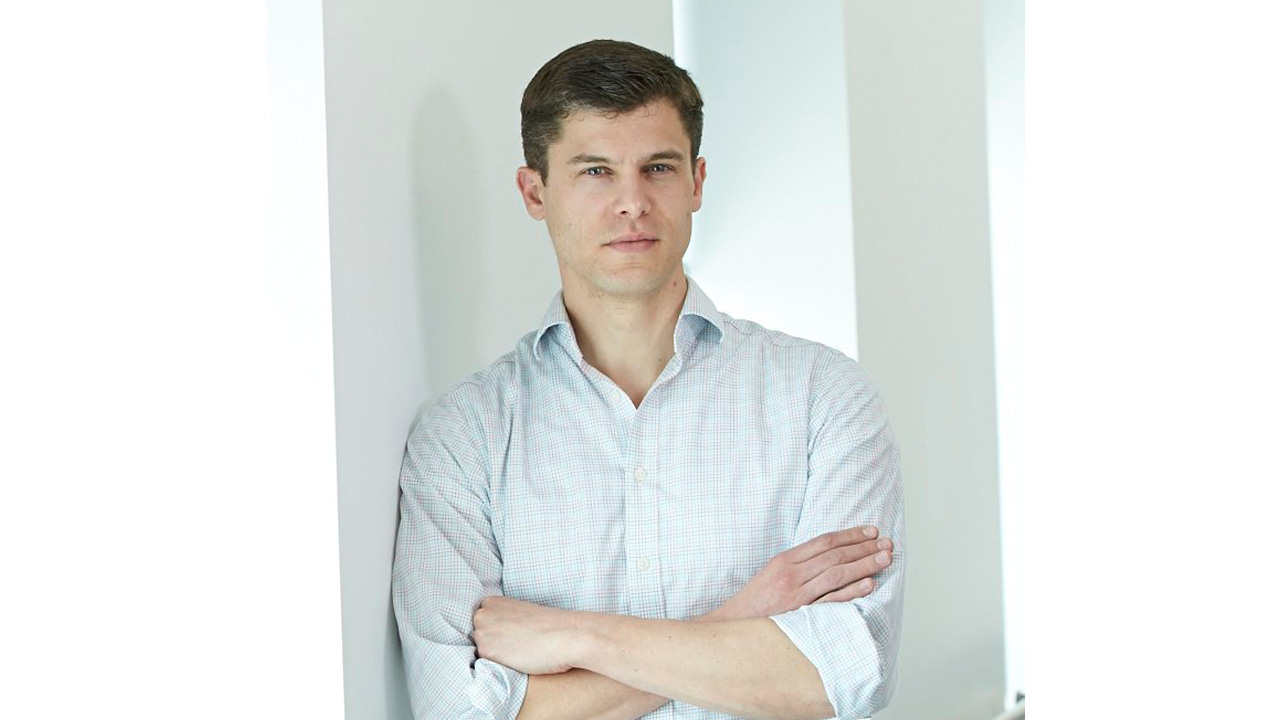Back to basics
Seven scientists at Sunnybrook Research Institute (SRI) will receive in total more than $1 million in funding from the Natural Sciences and Engineering Research Council of Canada (NSERC) through its Discovery Grants Program.
“I congratulate the recipients on their awards, which testify to their excellence,” said Dr. Michael Julius, vice-president of research at SRI and Sunnybrook Health Sciences Centre. “Discovery research is essential to deepening our understanding of the fundamental processes of the brain and body. This understanding is what will enable us to make real changes in health care down the road.”
Dr. Brad MacIntosh, a scientist in the Physical Sciences Platform, will receive $140,000 over five years, the normal term of the grant. He is developing tools that shine a light on changes in the brain after aerobic exercise. MacIntosh notes exercise is a panacea that’s prescribed for conditions ranging from low mood to heart disease, but its effects on the brain are poorly understood.
He’ll use a form of imaging called transcranial Doppler ultrasound to measure changes in the speed of blood flow in the brain, and MRI to visualize where in the brain these changes are happening. In addition to quantifying physiological changes in the brain after exercise, MacIntosh aims to learn whether exercise enhances people’s ability to perform difficult mental tasks.
“We’re advocating exercise and saying it should help cognitively, beyond helping your heart. We’re telling people this, but we actually have no idea how exercise helps your brain. What are the things that change?” says MacIntosh. Using MRI he will study brain activity patterns of people during a challenging cognitive task. He will compare the scans of those who exercised right before the task with those of people who didn’t exercise before the task. “We hope to be able to start to answer questions [about] how exercise affects your mood and helps you deal with stress. We’re trying to connect a lot of dots,” he says.
Dr. Meaghan O’Reilly will receive $125,000 to study how ultrasound therapy can be used to treat diseases of the spine and spinal cord. Targeting ultrasound therapy to the spine poses technical challenges, says O’Reilly, who is also a scientist in the Physical Sciences Platform. “The shape of the bones in the spine is more complex [than elsewhere]. You have angles that are ‘unfriendly’ to ultrasound—instead of allowing the ultrasound to transmit, they reflect a lot of it.”
To overcome this problem, she is investigating how sound penetrates vertebral bone, and what ultrasound frequencies are optimal for transmitting through these bones so that she can engineer ultrasound transducers that will best focus acoustic energy to different targets. Potential clinical applications include treatment of leptomeningeal tumours (cancer that has spread to the cerebrospinal fluid and membranes covering the brain and spinal cord), amyotrophic lateral sclerosis and degenerative disc disease, a common cause of low back pain.
Dr. Cari Whyne, a biomedical engineer and director of the Holland Musculoskeletal Research Program, was awarded $170,000 to advance her study of thin bone structures in the human body like the craniofacial skeleton and bony pelvis. “They’re really complex structures, and there’s a lot to be done to understand their basic biomechanics and how we can use imaging and computational modelling to represent their function,” she says
The grant will support trainees in Whyne’s orthopaedic biomechanics lab who are creating image-processing algorithms and computational models to study how a break progresses in thin bone structures after a fracture. Having imaging techniques that depict how loads are transmitted onto thin bone structures could advance the understanding and treatment of bone disorders arising from degeneration, trauma and disease, says Whyne.
Dr. Ali Sadeghi-Naini, a scientist in the Physical Sciences Platform, was awarded $125,000 to design, develop and test new ultrasound-based techniques for imaging the breast and prostate. The formation of tumours—and their breakdown in response to chemotherapy, for example—changes the make-up and microstructures of tissue, notes Sadeghi-Naini.
He is using ultrasound-based methods to measure bioacoustical and biomechanical properties of breast and prostate tissue. Such knowledge could help in the diagnosis and prognosis of people with cancer. “We are using these characteristics, which are noninvasively probed at cellular and tissue levels, to differentiate between stages of disease and [treatment] response development,” says Sadeghi-Naini.
The following SRI faculty also secured grants:
- Dr. Charles Cunningham, a senior scientist in the Physical Sciences Platform, was awarded $150,000 to develop devices to enable new MRI-guided procedures.
- Dr. Anne Martel, a senior scientist in the Physical Sciences Platform, was awarded $140,000 to build robust classification techniques for medical imaging.
- Dr. Juan Carlos Zúñiga-Pflücker, a senior scientist in the Biological Sciences Platform, was awarded $210,000 to study the molecular mechanisms behind the expression of a gene called Delta-like 4 in thymic cells, and how the structure and organization of the thymus organ affects gene expression.






